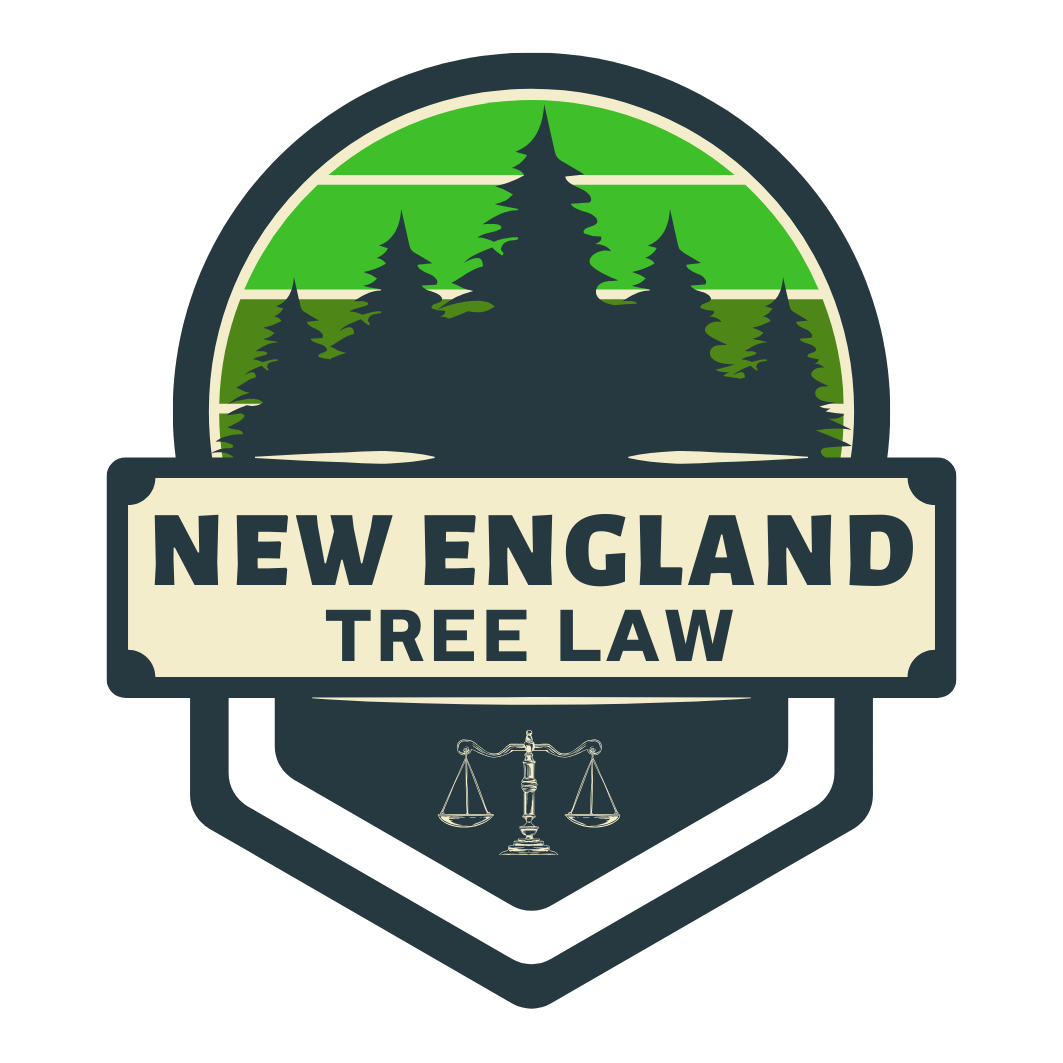Maine: Can I cut my neighbor’s tree branches if they hang over my yard?
In August 2023, the Maine Supreme Judicial Court answered a long-standing question in Maine property law: what are the rights of landowners to cut tree branches that overhang their properties?
The case of Atkins v. Adams, 2023 ME 59 (2023), involved two warring neighbors in Cape Elizabeth, Maine. The Atkins family had a 80-foot red oak tree in their yard that was over 100 years old. The trunk of the oak tree was entirely on the Atkins property, but many of branches and limbs of the huge tree extended over the property line and into the neighboring lot, owned by Adams family.
Mr. and Mrs. Adams wished to remove the portion of the red oak tree which extended onto their property. They was concerned that the tree posed a safety risk.
Atkins worried that the Adamses would take matters into their own hands and cut down part of the tree. Atkins feared that removing part of the tree would kill the whole tree.
Therefore, Atkins sued for a court order prohibiting Adams from cutting any part of the tree.
The court’s decision
The Supreme Court ruled that Adams had a right, under the common law of Maine, to cut any part of his neighbor’s (Atkins) tree that hung over the boundary line. The Court stated that Adams had the right to cut even if the cutting would damage or destroy the tree.
The Maine Court first established that the ownership of a tree is determined by where the trunk of the tree stands. In this case, the oak tree’s trunk was indisputably on the Atkins’ property. The question posed by the case, therefore, was whether the Adams family had any right to cut branches of trees that they did not own.
The Court based its decision on the ancient legal maxim of “cujus est solum ejus est usque ad coelum et ad inferos,” which means in Latin: “whomsoever the soil belongs, he owns also to the sky and to the depths.” The maxim stands for the principle that a landowner owns title to not only the land itself, but also the air above the land.
The Court recited a “general rule” that landowners have “the right to remove encroaching vegetation by way of self-help.” “Self-help” in this context refers to a landowner cutting down encroaching portions of trees themselves, rather than needing prior court permission.
The Maine Court noted that some states only allow property owners to exercise “self-help” when doing so would not injure the tree. In other words, if cutting encroaching branches from a tree would kill the tree, the neighbor would not be allowed to cut the branches. The Court noted that courts in California, New York, and Florida follow this rule.
However, the Court rejected this limitation. It instead decided on a “bright line” common law rule: a landowner can remove any part of a tree that overhangs into their property, regardless of whether or not the action injures the tree. The Court described its decision as following the “majority rule” and cited tree law cases from Vermont, Massachusetts, and Washington state in support of its ruling.
The reasoning behind the Court’s decision was that encroaching trees are a physical invasion — or trespass — into a neighbor’s property. The Court determined that property rights were so sacred that a continuing trespass onto someone else’s property should not be authorized under any circumstances. Thus, a property owner has an absolute right to “defend” their property from trespass by taking matters into their own hands and cutting down any encroaching tree branches.
Conclusion
The takeaway from the Atkins decision is that in Maine there is no ambiguity: a landowner has the common law right to cut down branches from a neighbor’s tree if they overhang into their property, regardless of whether it kills the tree.
Interestingly, the Maine Court specifically left open the question of whether the Maine Timber Trespass Statute (14 M.R.S. § 7552) could still subject a tree branch cutter to statutory damages. See Atkins, 2023 ME 59, at footnote 10. This may seem counterintuitive: how could a neighbor be liable for damages when they had a “right” to cut the tree branches in the first place?
The answer is that the Atkins court only defined the “common law” of Maine. The “common law” is the part of the law that is derived from case law (i.e., judicial precedent) rather than statutory law. The common law is the “default” rule in a jurisdiction; however, the legislature can modify the common law via statute.
In a footnote, the Maine Supreme Court noted that there was no claim in the case for damages under the Maine Timber Trespass Statute. The Timber Trespass Statute prohibits any person from “damaging” trees “from land not that person’s own.”
The Court did not answer the question of whether the Maine legislature “intended” for the Timber Trespass Statute to apply if a property owner damages a neighbor’s tree while trimming back the tree to the property line. That issue, therefore, remains an open question in the Pine Tree State. Given Maine’s stiff civil penalties for timber trespass, the question of the statute’s applicability could end up before Maine courts in the near future.

